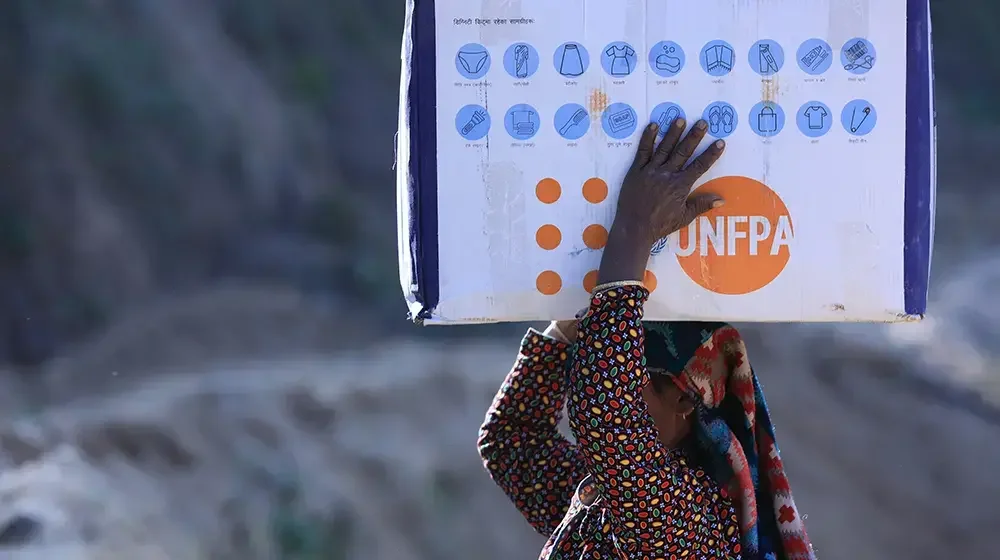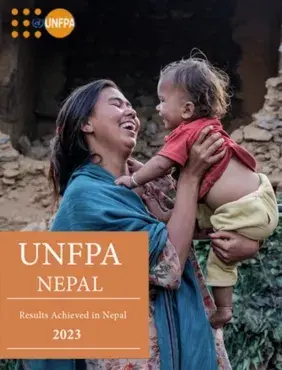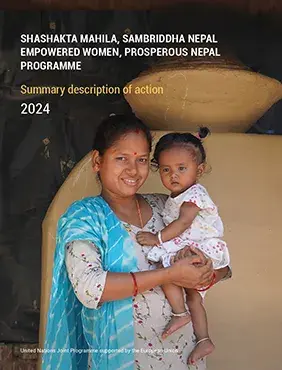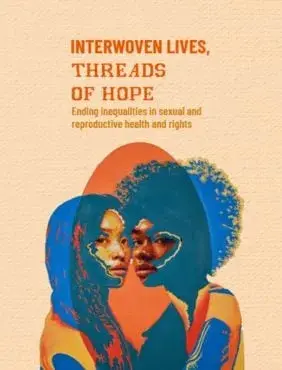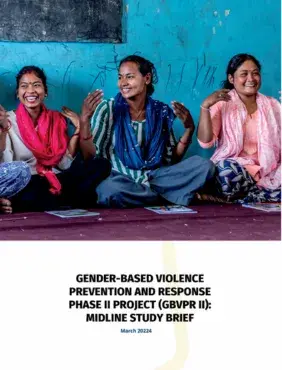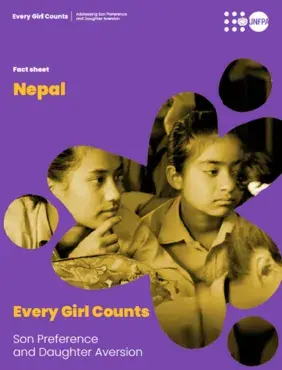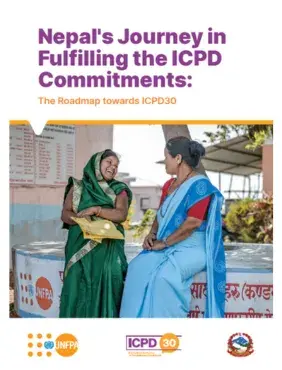Publications
Publications
Reports
UNFPA Nepal Annual Report 2024
In 2024 we have made good progress on all our major thematic areas outlined in our country programme document and these three transformative results. I am also excited that as part...
Read more
Annual Report
UNFPA Nepal Annual Report 2024
Explore our key achievements, challenges, and impact from the past year. The 2024 Annual Results Report highlights how our work has contributed to advancing rights, improving lives...
Read more
Publication
Flying for change: Buddha Air and UNFPA unite against gender-based violence
In a powerful partnership, Buddha Air and UNFPA are helping end gender-based violence—one journey at a time. GBV hotline numbers and support information are now printed on Buddha A...
Read more
Annual Report
UNFPA Nepal Annual Report 2023
In 2023, our programming has continued to support, consolidate, and accelerate the significant progress in Nepal in meeting the ICPD agenda by working with those at risk of being l...
Read more
Publication
Empowered Women Prosperous Nepal Summary of Action
Summary description of action of the Empowered Women Prosperous Nepal [EWPN] Programme which is a United Nations Joint Programme supported by the European Union.
Read more
State of World Population Report
STATE OF WORLD POPULATION REPORT 2024
New evidence in the State of the World Population Report 2024 shows that although women across socioeconomic classes and ethnicities say barriers to health care have come down...
Read more
Publication
Gender-based Violence Prevention and Response - Midline Study Brief
This is the brief of the midline study conducted under the Gender-based Violence Prevention and Response (GBVPR II) project that UNFPA implements with funding from the Swiss A...
Read more
Fact Sheet
Every Girl Counts - Nepal Factsheet
Son preference and daughter aversion have predominantly been understood in terms of gender-biased sex selection, which has been identified and measured by the presence of...
Read more
Declarations and Statement
Nepal's Journey in Fulfilling the ICPD Commitments: The Roadmap towards ICPD30
In 1994 the landmark International Conference on Population and Development (commonly referred to as ICPD) transformed global thinking on population and development ...
Read more

